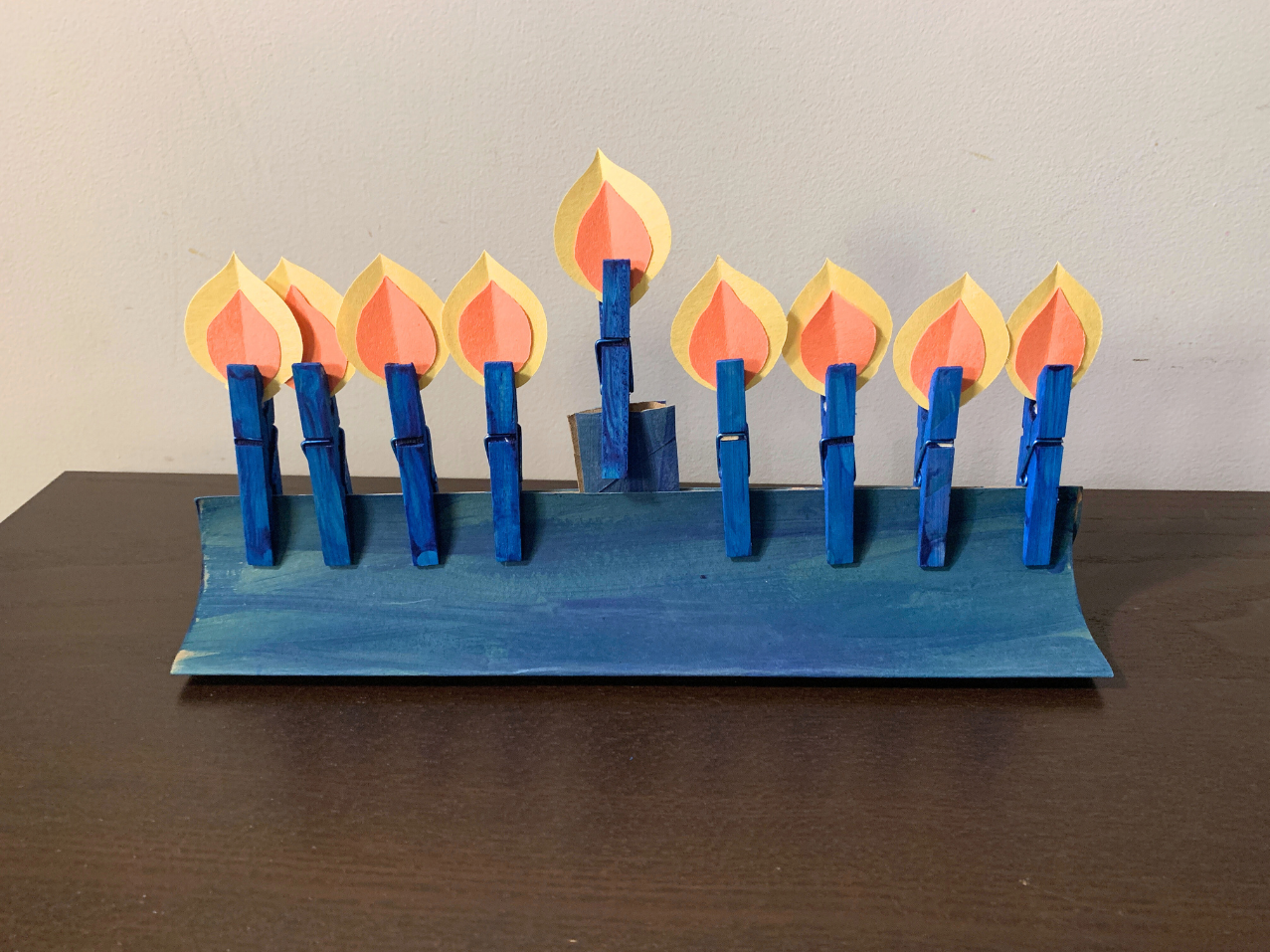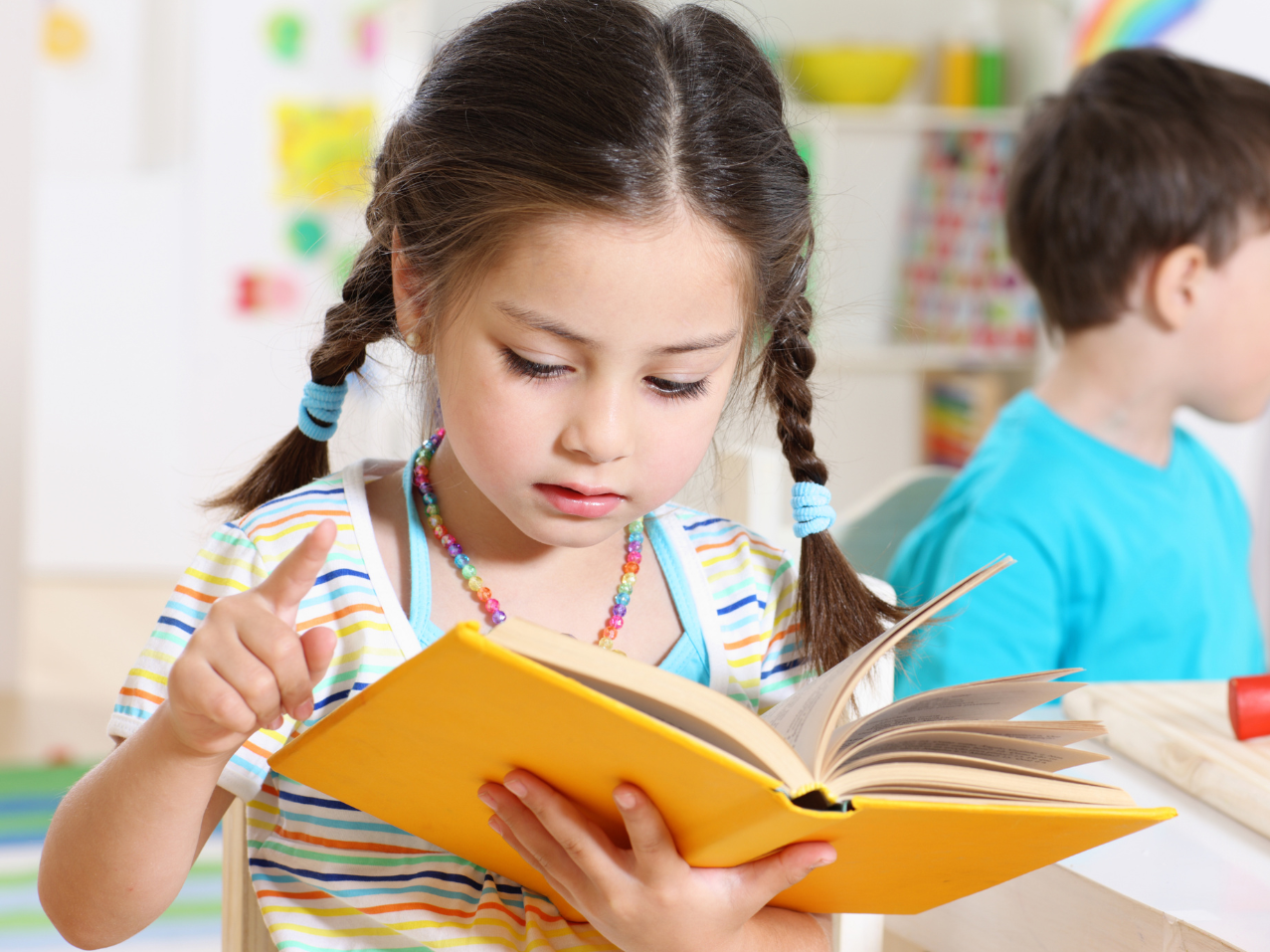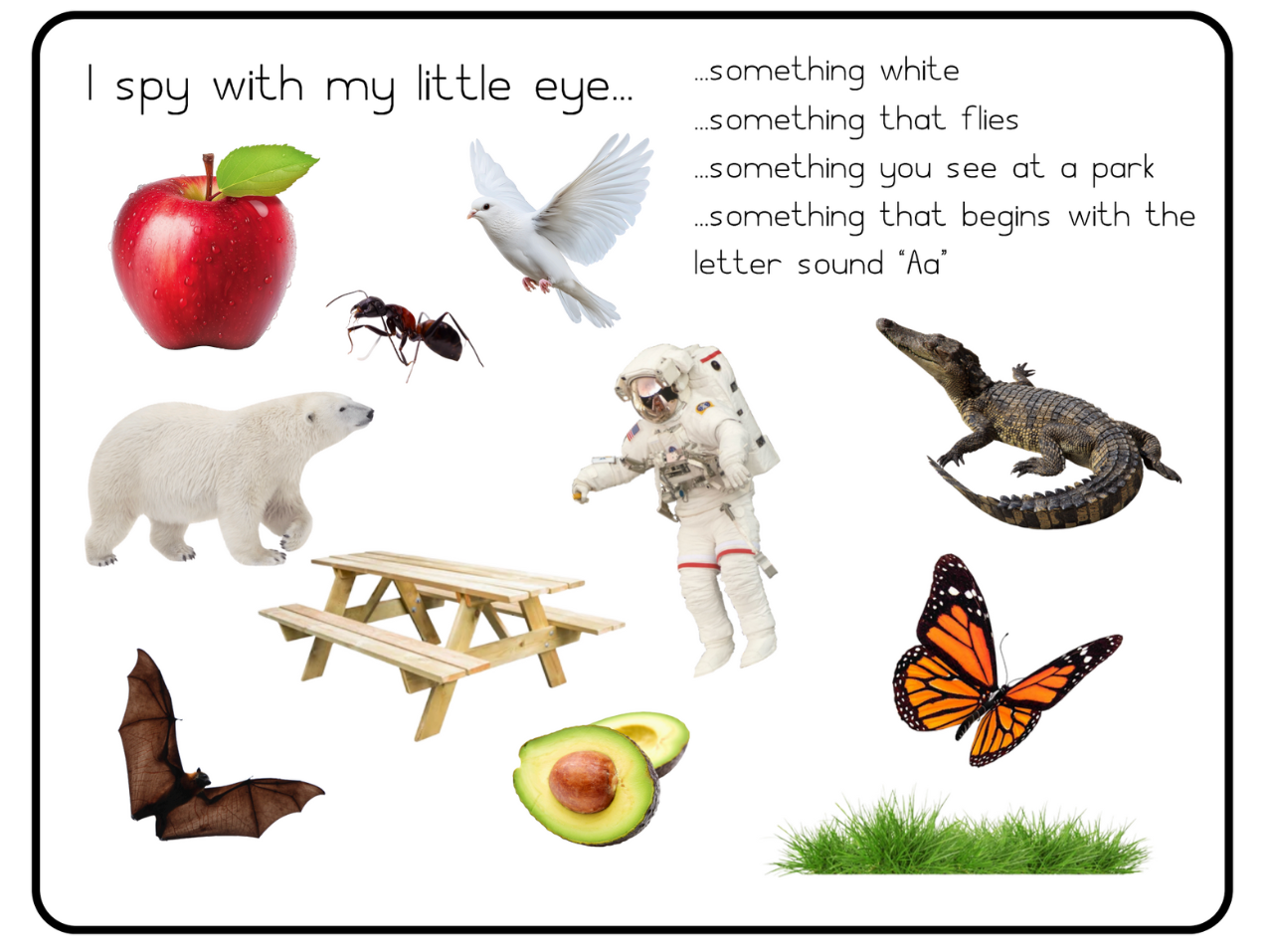Menu
-
-
Shop Holiday Items
-
Shop Gifts By Age
- Gifts For a 0-6 Month Old
- Gifts For A 6-12 Month Old
- Gifts For A One Year Old
- Gifts For A Two Year Old
- Gifts For A Three Year Old
- Gifts For A Four Year Old
- Gifts For A Five Year Old
- Gifts For A Six Year Old
- Gifts For A Seven Year Old
- Gifts For An Eight Year Old
- Gifts For A Nine Year Old
- Gifts For A Ten Year Old
-
Shop Gifts By Budget
- New Arrivals
-
Toys
- Large Active Toys
- Animal Toys
- Arts & Crafts
- Award-Winning Toys
- Bath Toys
- Birthday Wishlists
- Building Toys
- Cars, Trains, & Trucks
- Games
- Instruments
- Loose Parts Play
- Loot Bag Toys
- Made in Canada
- Outdoor Toys
- Pretend Play
- Puzzles
- Sensory And Fidget Toys
- Sensory Bin Tools & Fillers
- STEM Toys & Activities
- Toronto-Themed Gifts
- Travel Toys
- Wooden Toys
- Waiting Room Toys & Furniture
-
Montessori Materials
- Montessori At-Home Program
-
Montessori Furniture
-
Bundles & Sales
-
Books
-
Shop By Age
-
Shop By Brand
- Brands A-F
- Brands G-L
-
Brands M-R
- MagicPlaybook
- Magna Tiles
- Make Believe Ideas
- Makedo
- Manhattan Toys
- Math for Love
- Milaniwood
- MindWare
- Mojo Toys
- Moluk
- Moulin Roty
- Native Northwest
- nic
- Nienhuis
- Ooly
- Opinel
- Ostheimer
- Papoose
- Peaceable Kingdom
- Plan Toys
- Plus-Plus
- Preschool Collection Watches and Timers
- Ravensburger Puzzles
- Real Life Pages
- Brands S-Z
-
- 866-901-4696
- Gift Registry
- Login


How To Setup a Montessori Shelf At Home - 3 Steps
3 min read
If you’ve ever seen pictures of a Montessori classroom, you’ve probably noticed that most of the toys and materials are organized on shelves, like this:

There’s a couple good reasons Montessorians use shelves and not toy box boxes:
- To Create Order
This period is characterized by an inner need for consistency, organization, and repetition.
Trays and baskets are used with the shelves to separate each activity, creating an external order, which in turn helps young children develop an internal order.
- Encourages Independence
- Better understanding of the activity
For instance, a beading activity would include the beads in a small bowl with a piece of string, prepped with a knot in the end and ready to use. Everything would be placed on a tray.
3 Steps to Setting Up A Montessori Shelf
-
Limit The Number of Activities
It's only recommended to have 5-6 activities on a shelf for a toddler or 1-3 for an infant.
Too many activities and choices is overwhelming for small children.
Limited choice also encourages mastery through repetition.
Just keep a close eye on what your child is interested in. When they lose interest in something on the shelf, you can remove that item and put out something fresh.
Note that it doesn't mean you need to get rid of the activity or toy you just put away. In the infant and toddler years, their interaction with items will change as they grow.
Children so young have rapidly changing reasoning skills and physical capabilities.
They may be able to interact with a toy or activity in an entirely different way in a few months. Bringing it out again at a later date, can feel like a brand new toy.
-
Arrange from top left to bottom right in increasing difficulty.
Montessori does most things in the same approach you would reading - left to right and top to bottom. It's a logical progression that also helps prepare the child for reading down the road.
In the case of shelf setup, this means you would put the easiest activity in the top left corner and the most difficult in the bottom right.
This allows them to work through the shelf in an intuitive way.
-
Have your child help with shelf rotation
Most children have a strong attention to detail and will immediately notice when something is different around the home, especially in 'their' spaces, like the playroom or bedroom.
It will be less stressful to your child if you allow them to participate in shelf rotation, rather than just waiting until they're asleep and doing it by yourself.
I wrote about my experience changing my son's shelf work and what happened when I did it while he was asleep versus when we did it together.
Go here to read it > https://themontessoriroom.com/blogs/montessori-tips/why-my-son-now-happily-donates-his-old-toys
The gist is that it doing it together so he knew what was happening and where the old activities were going, helped him to feel a lot more secure and made him more open to donating the toys he was no longer interested in.
It's a quick read. Check it out here!
**Bonus Tip**
We say this to parents all the time. Don't try to replicate the classroom! A Montessori shelf at home does not have to look exactly like the photos you see in classrooms.
A typical school shelf won't have any open-ended play items, like the truck in the picture above.
They tend to have more purposeful activities with a clear beginning, middle, and end.
At home there's more time and space for open-ended, imaginative play so feel free to include your child's favourite toys on the shelf.
The main point of the shelf - to encourage independence and reduce clutter - will still benefit your child.
Putting a Montessori Shelf in the Bedroom
Nothing in Montessori discourages toys in the bedroom so if you like, you can include a small shelf with calming activities.
If your child wakes up in the morning and wants to play quietly in their room or you want to encourage a quiet period during the day, for instance when they're no longer napping, a few calming toys are perfect for this space.
The only tip we'd suggest is keeping anything out of the bedroom that might be overly stimulating.
Join Our Montessori Community
Sign up to get weekly activities, free printables, Montessori parenting guidance, and so much more.
Plus, get $10 off your first order of $100+.
Like this article? Get new articles, weekly activities, free printables, Montessori parenting guidance, and so much more.
One mom recently shared:
"Your newsletter is always SO great. It is one of the few I open and read weekly. You provide so much value. Thank you!"


